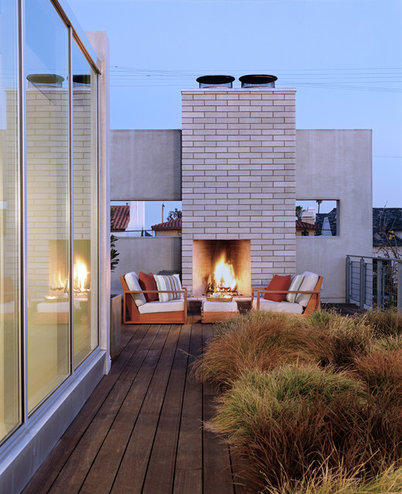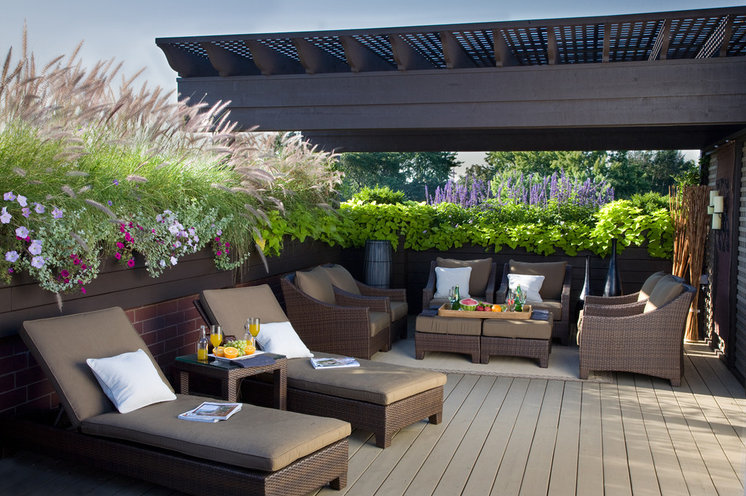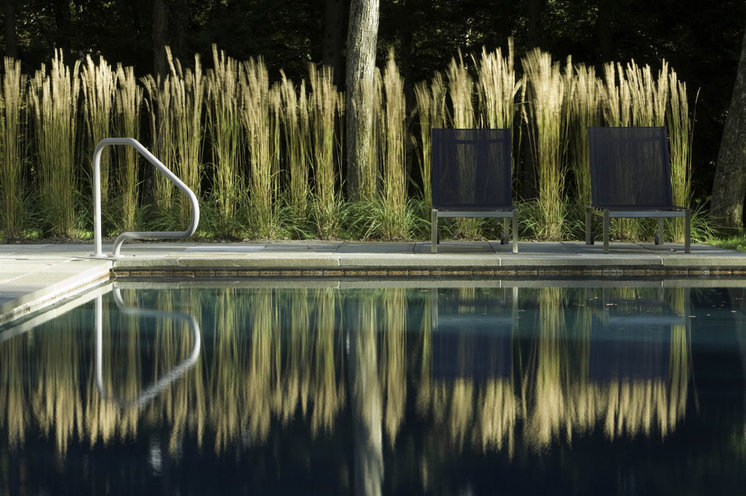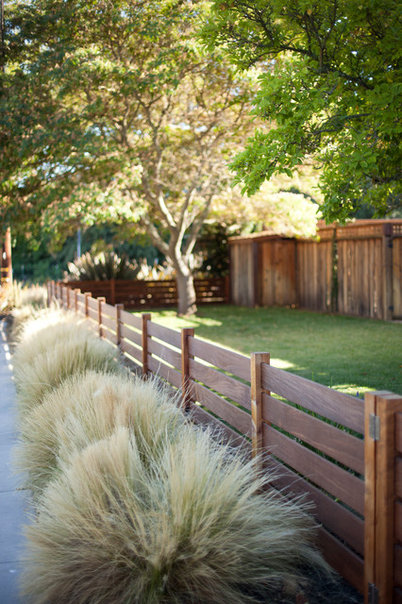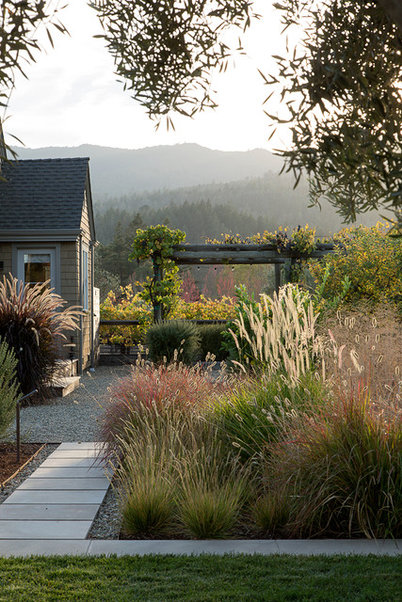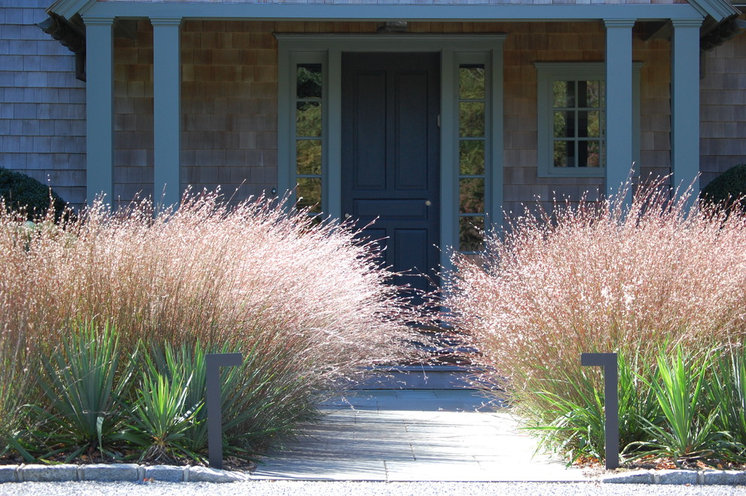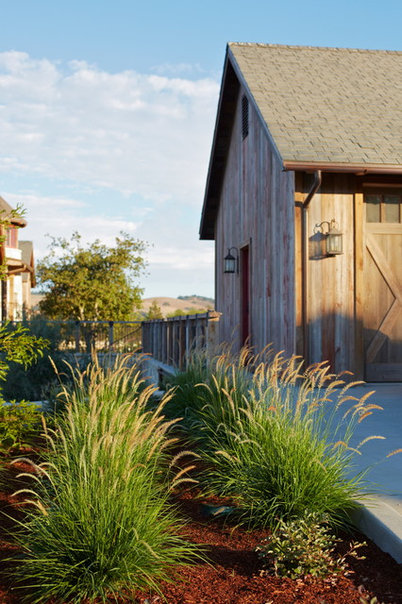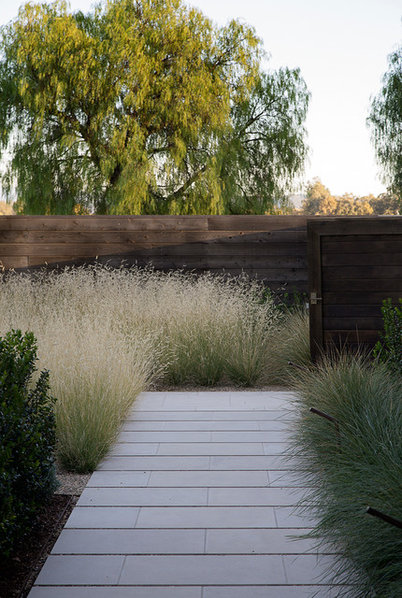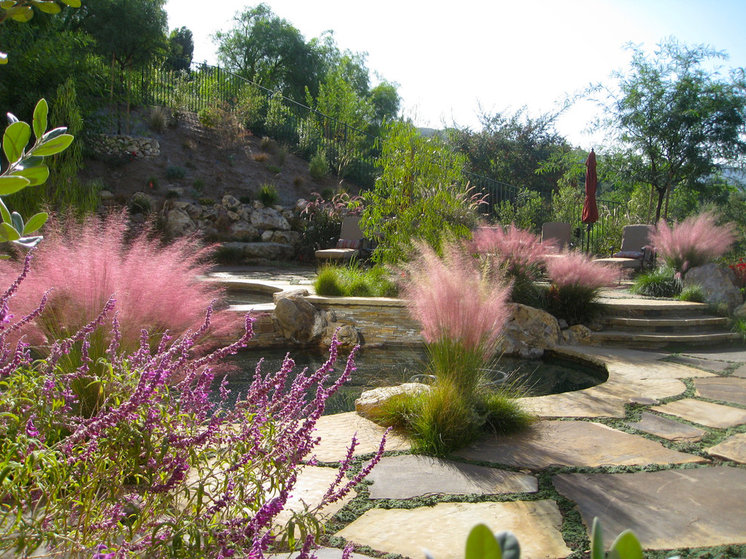Grass: Calamagrostis acutiflora ‘Karl Foerster’
Need to know: Feather reed grass does well in most areas (USDA zones 3 to 9; find your zone), and grows tall rather than wide, making it a good choice for small spaces.
Grass: Mexican feather grass (Nassella tenuissima)
Need to know: Mexican feather grass is extremely drought-tolerant and hardy in zones 6 to 10, but is identified as a highly invasive species in California and Oregon. Mexican feather grass reseeds, so it may need to be pulled out in places you don’t want it to spread. If you live in California, the University of California Master Gardener Programrecommends as alternatives California native blue grama grass (Bouteloua gracilis ‘Blonde Ambition’), California native prairie dropseed (Sporobolus airoides), Mexican deer grass (Muhlenbergia dubia) or pink muhly grass(Muhlenbergia capillaris, especially ‘White Cloud’).
Grass: Little bluestem
Need to know: Little bluestem is an incredibly hardy (zones 2a to 9b) and easy-to-care-for plant, native to all of North America except Alaska, Oregon, Nevada, Prince Edward Island, Newfoundland and the Canadian territories. Little bluestem is very drought-tolerant and grows well from seed.
Grass: Pennisetum ‘Fairy Tails’
Need to know: Unlike other varieties of purple fountain grass, Pennisetum ‘Fairy Tails’ does not seed, and so is not considered invasive in California (two other noninvasive varieties ofPennisetum are ‘Rubrum’ and ‘Fireworks’). Purple fountain grass is perennial in zones 8b to 11.
Grass: Pink muhly grass, Muhlenbergia capillaris
Need to know: Native to the East Coast of the United States, pink muhly grass clumps, so it will not invade other planting beds. Hardy in zones 7 to 9.
Grass: California meadow sedge (Carex pansa)
Need to know: Carex pansa is a species of sedge native to the west coast of North America, spanning from California to British Columbia, and thrives in that area. For other parts of the U.S., the Brooklyn Botanic Garden recommends Texas native Carex perdentata; Catlin sedge (Carex texensis), hardy to Zone 6; Pennsylvania sedge Carex pensylvanica, native to the eastern and central United States; and Carex senta, known as Baltimore sedge, native to the eastern United States.
